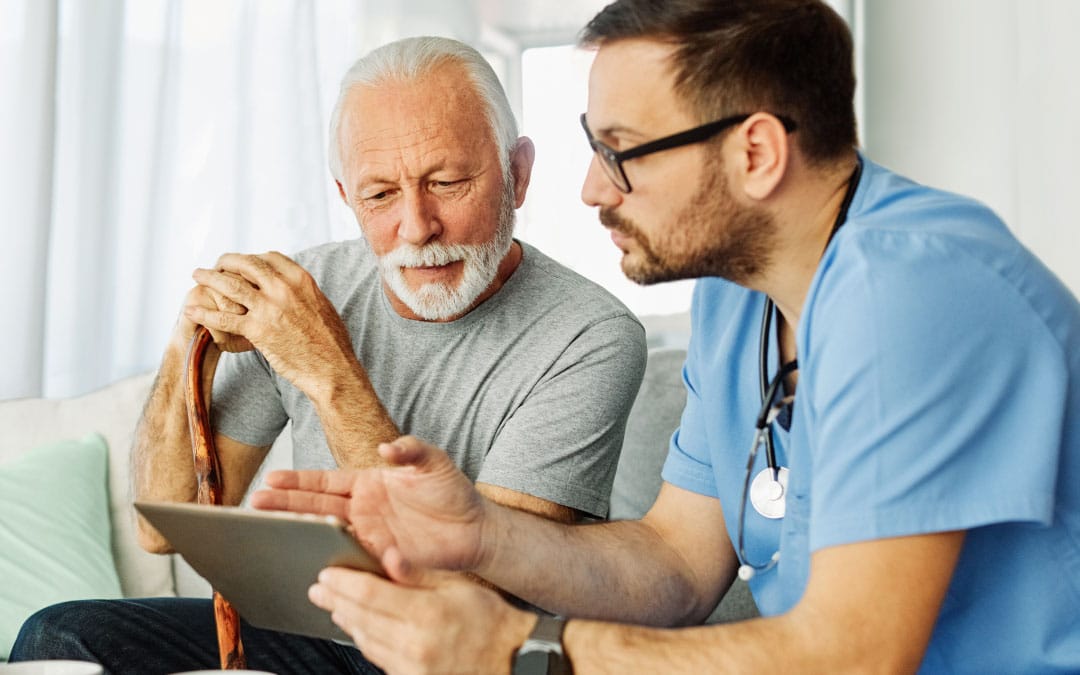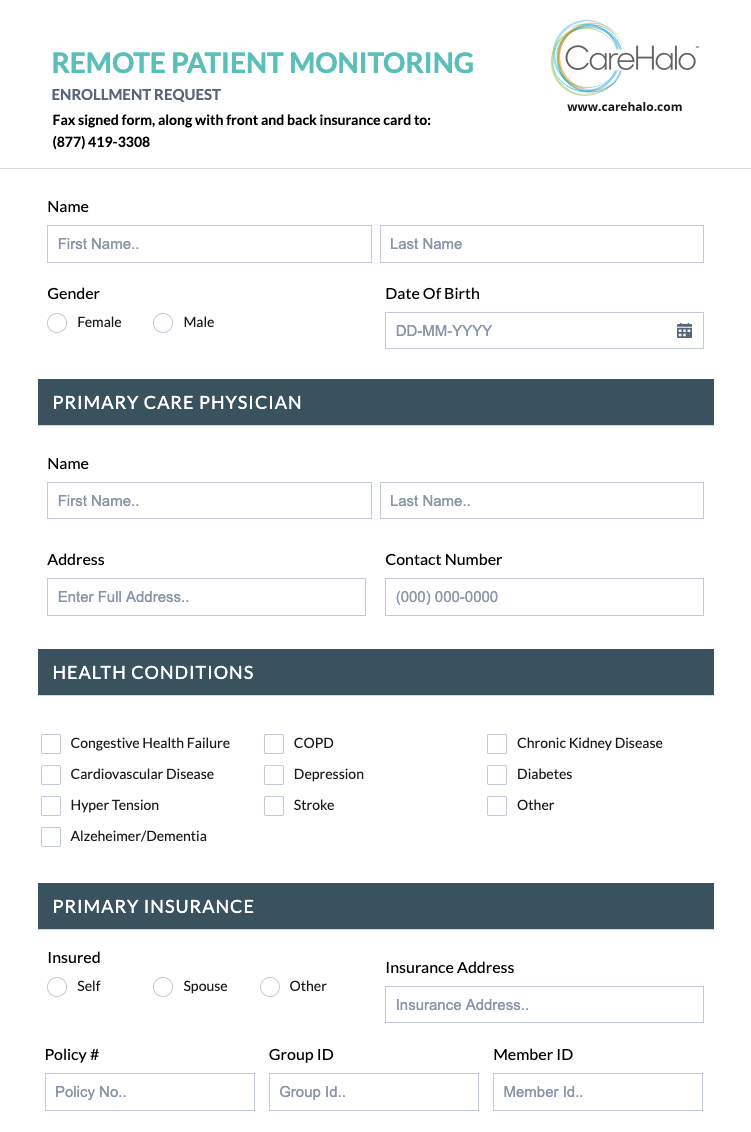Picking the Best Remote Patient Monitoring Software: Key Considerations
Picking the Best Remote Patient Monitoring Software: Key Considerations
Blog Article
The Future of Medical Care: Remote Individual Keeping An Eye On Streamlined
As health care continues to progress, one location that holds immense guarantee is remote individual surveillance. With an emphasis on boosting patient results and enhancing health care shipment, remote surveillance is positioned to change the sector.
Benefits of Remote Patient Surveillance
Remote client surveillance offers a wide range of advantages for both healthcare carriers and clients alike. In addition, remote patient tracking enhances the total high quality of care by giving a more holistic and extensive view of clients' health status beyond conventional in-person gos to.
Moreover, remote patient tracking can cause enhanced client end results and satisfaction. Patients can enjoy the ease of obtaining care in the comfort of their very own homes while still recognizing that their wellness is being very closely kept track of. This can cause raised patient engagement and adherence to therapy plans, inevitably resulting in much better health results. Additionally, remote monitoring can lower the requirement for frequent health center visits, decreasing medical care prices for both patients and companies. On the whole, the benefits of remote person surveillance are clear, making it a useful device in modern health care distribution.
Modern Technology Driving Remote Monitoring
In the realm of modern medical care, technical innovations play a pivotal function in driving the advancement and efficiency of remote person tracking. The combination of innovative modern technologies such as wearable devices, mobile applications, and cloud-based systems has actually reinvented the method healthcare carriers from another location keep an eye on and take care of client health - remote patient monitoring software. These innovations make it possible for constant real-time surveillance of vital indicators, medication adherence, and various other essential health and wellness data, permitting timely interventions and personalized care strategies
One secret innovation driving remote surveillance is the Web of Points (IoT), which makes it possible for smooth connectivity in between clinical devices and medical care systems. IoT devices such as smartwatches and cordless sensing units collect and transfer client information to central platforms, facilitating remote surveillance from anywhere in the globe. Fabricated knowledge (AI) and maker understanding formulas additionally improve remote monitoring by evaluating huge amounts of individual data to discover patterns, anticipate health patterns, and alert health care service providers to prospective issues.
Effect on Health Care Delivery
With the assimilation of innovative innovations driving remote person surveillance, the effect on healthcare delivery is ending up being transformative and progressively profound. Remote individual tracking enables doctor to use even more personalized and proactive like patients, resulting in enhanced health and wellness outcomes and lowered hospital admissions. By from another location tracking crucial indications, signs, and medicine adherence, medical care experts can interfere early, avoiding problems and improving the total top quality of treatment.
Moreover, remote surveillance enhances accessibility to healthcare services, especially for people in underserved or rural locations. Patients can obtain continuous tracking and assistance from their find more homes, getting rid of the demand for constant in-person sees. This not only conserves time and minimizes prices for both people and medical care centers yet additionally minimizes the risk of exposure to transmittable diseases, an important consideration in the current healthcare landscape.
In addition, remote client surveillance enables health care service providers to better prioritize and assign sources care based upon real-time information. By determining risky patients and interfering quickly, health care delivery ends up being more reliable and reliable, eventually leading to a much more lasting and patient-centered healthcare system.
Improving Individual End Results

Furthermore, RPM permits aggressive management of chronic conditions, reducing the likelihood of acute worsenings and hospital readmissions. Individuals benefit from boosted benefit and convenience, as they can receive care in their very own homes while remaining attached to their doctor. This constant monitoring not only enhances patient complete satisfaction however likewise promotes a sense of empowerment and involvement in their very own health administration.
Future Trends in Remote Monitoring
Accepting advanced technologies in remote client tracking is shaping the future landscape of medical care shipment. The future trends in remote tracking are expected to transform the way learn the facts here now health care is supplied, making it a lot more patient-centric and efficient. One considerable fad is the increased use of wearable tools and sensors to accumulate real-time information, allowing doctor to check individuals continually without the requirement for regular in-person gos to. These tools can track vital signs, drug adherence, and task degrees, supplying a comprehensive view of the person's health and wellness standing.

Additionally, telehealth platforms are coming to be extra innovative, enabling digital appointments, remote medical diagnosis, and remote person checking done in one integrated system (remote patient monitoring software). This alternative method to remote surveillance is improving health care shipment, boosting patient fulfillment, and inevitably, improving total top quality of treatment
Final Thought
In final thought, remote patient tracking uses countless advantages in healthcare delivery, driven by developments in technology. It has the potential to improve person outcomes useful site and change the method healthcare is supplied. Future trends in remote monitoring will remain to shape the landscape of medical care, giving opportunities for even more reliable and customized client care.
Remote client surveillance offers a multitude of benefits for both healthcare service providers and individuals alike. Additionally, remote patient tracking boosts the total high quality of treatment by providing a much more alternative and extensive sight of clients' health and wellness status past traditional in-person check outs.
Furthermore, remote person surveillance can lead to better client outcomes and satisfaction. Remote person monitoring enables health care service providers to use even more proactive and individualized treatment to individuals, leading to enhanced wellness results and lowered health center admissions. Remote client monitoring (RPM) plays a considerable role in enhancing individual outcomes by providing continual, real-time information that makes it possible for healthcare carriers to interfere without delay and adjust treatment plans as needed.
Report this page